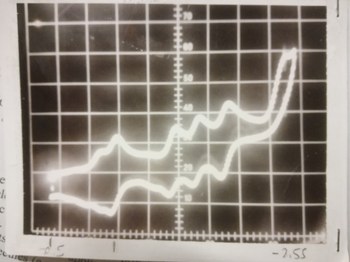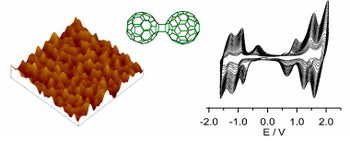A brief description of our main research interests



Molecular Electrochemistry
Studies of redox processes of molecules of scientific interesting in ultra high vacuum. Electrogenerated Chemiluminescence of luminophor metal complex.

Surface functionalization
Surface functionalization and them studies with electrochemical methods. Morfological analysis with scanning probe microscopy techniques.